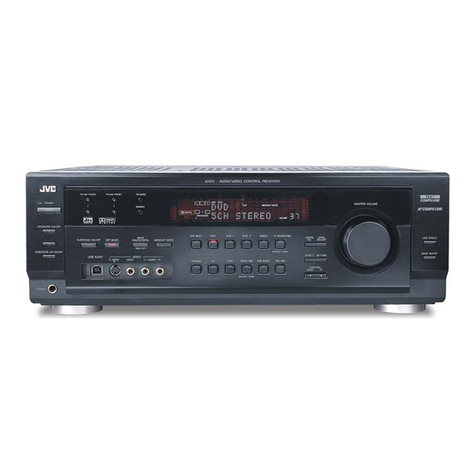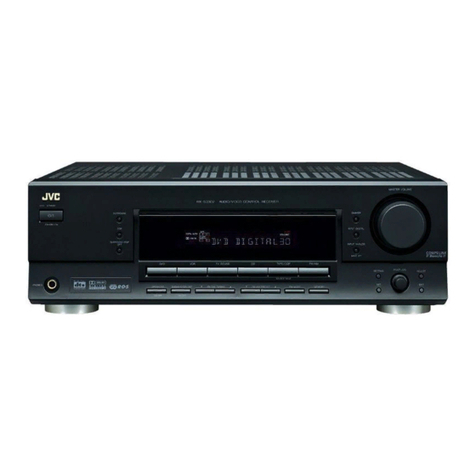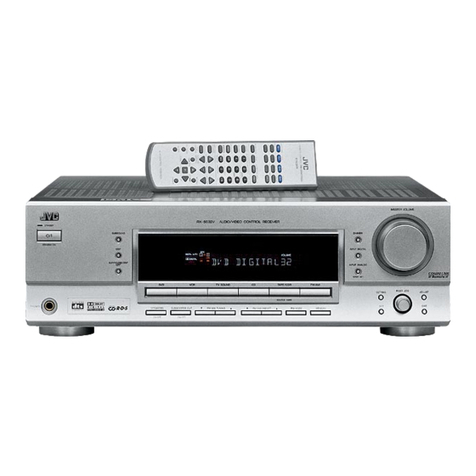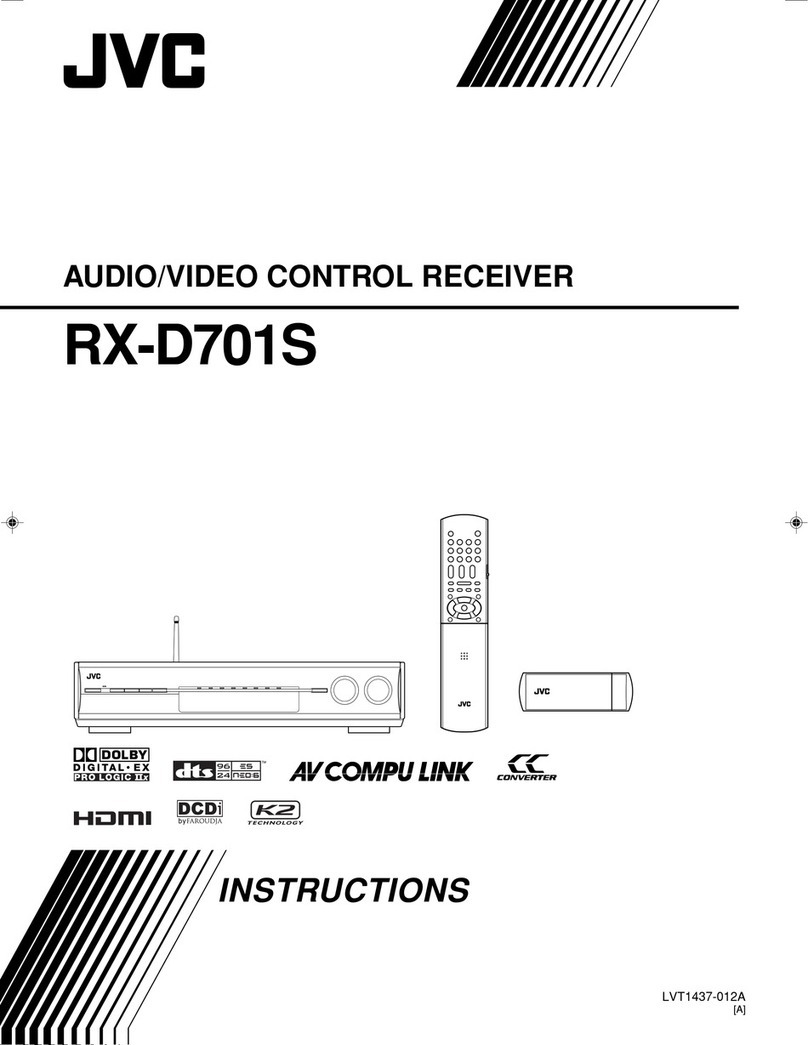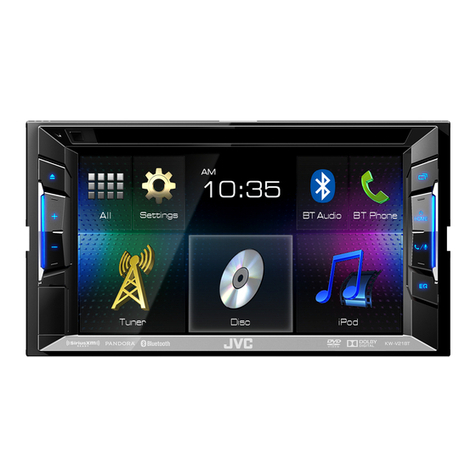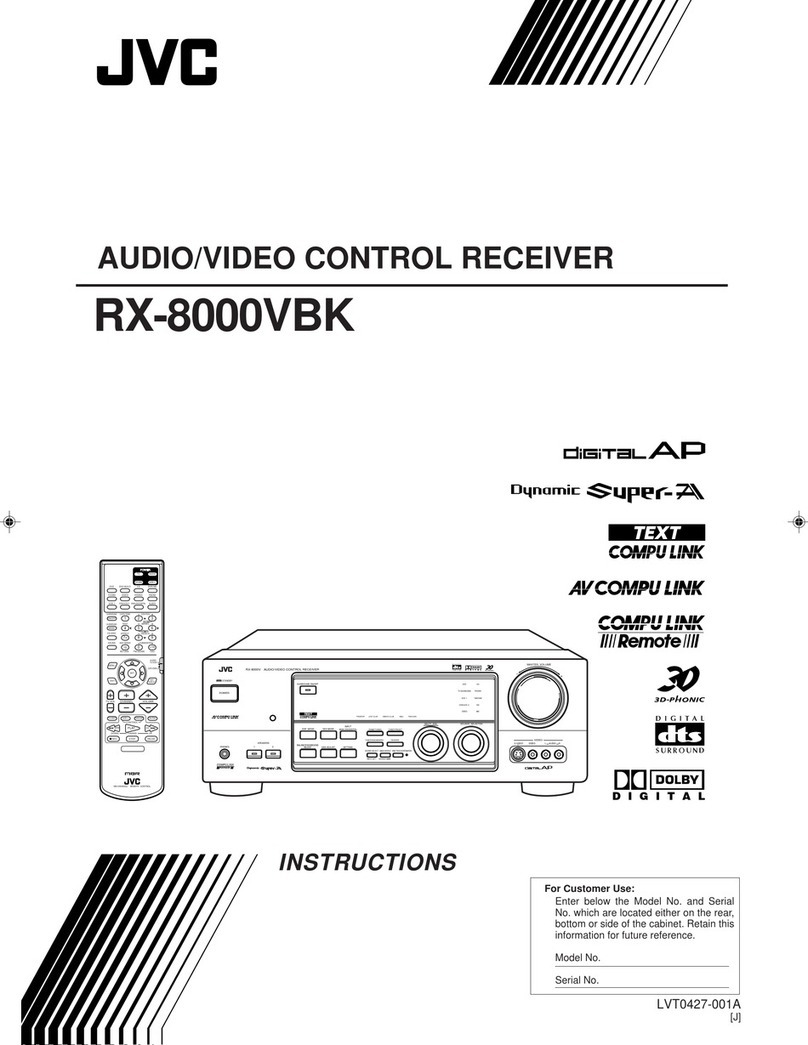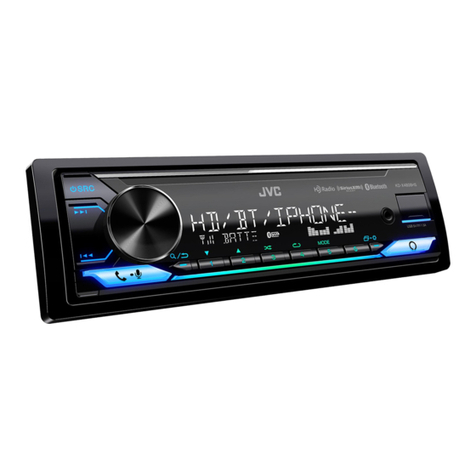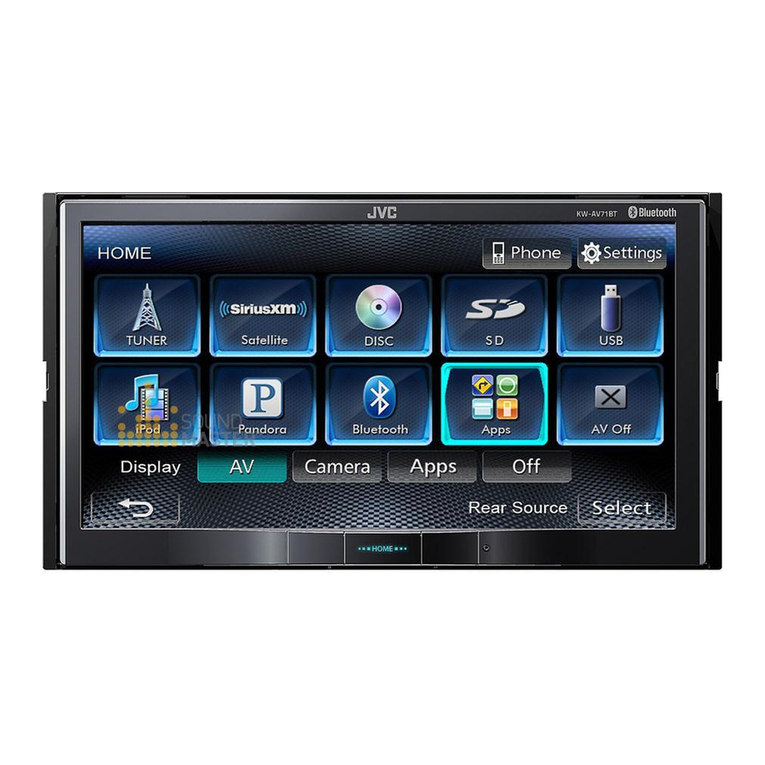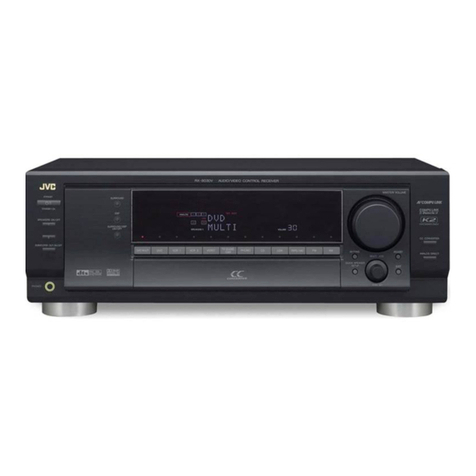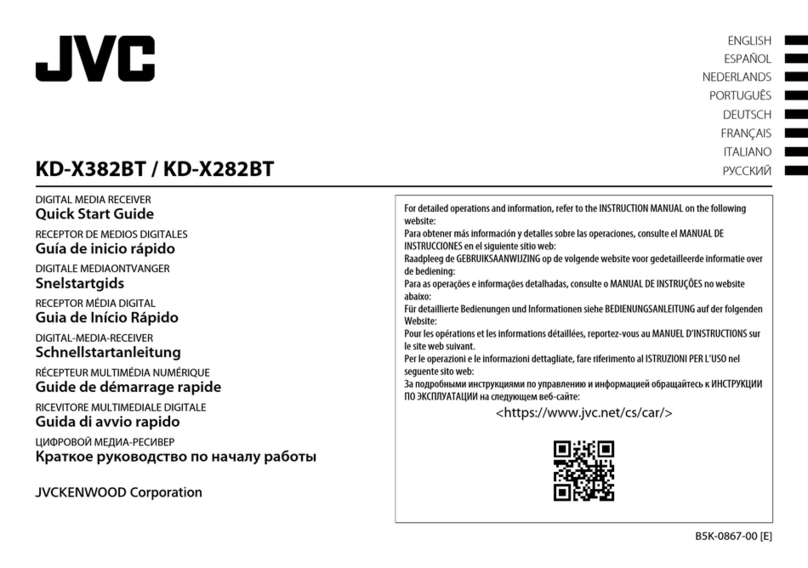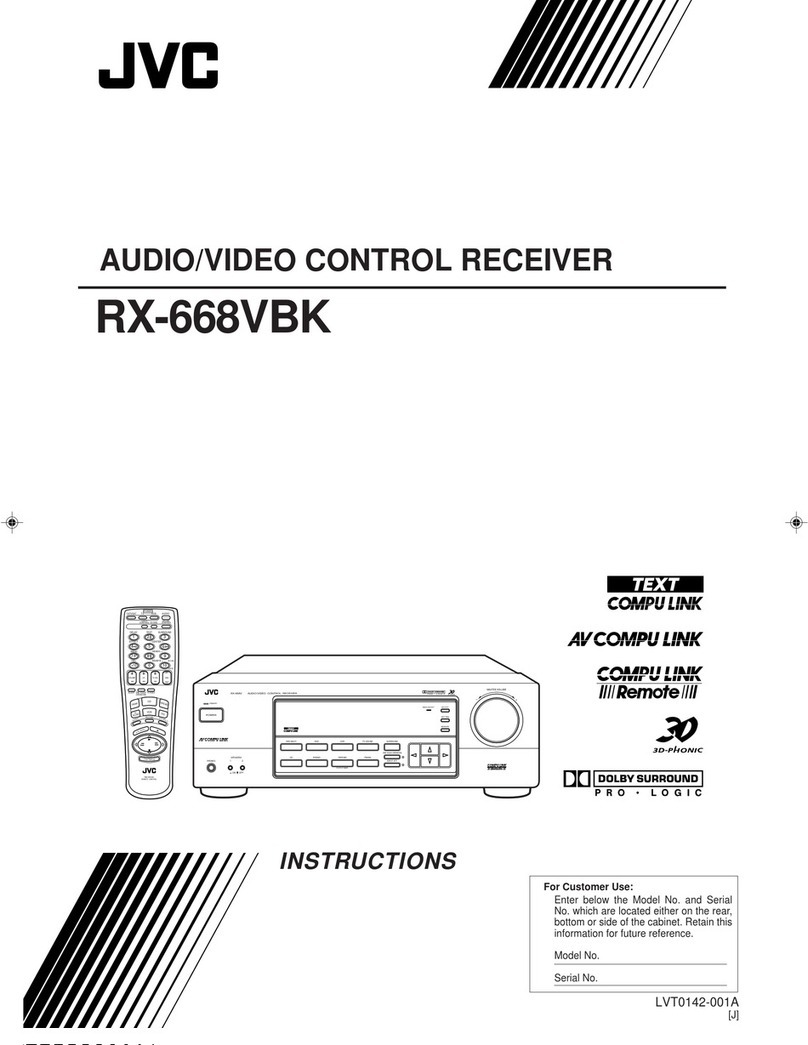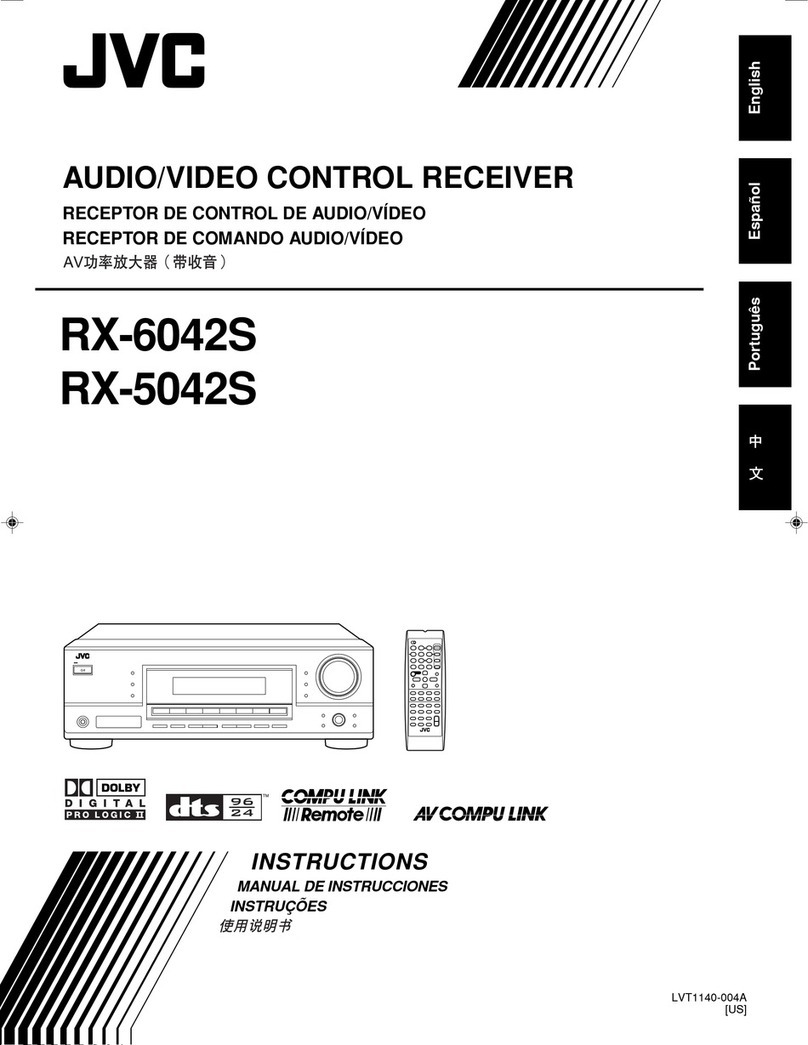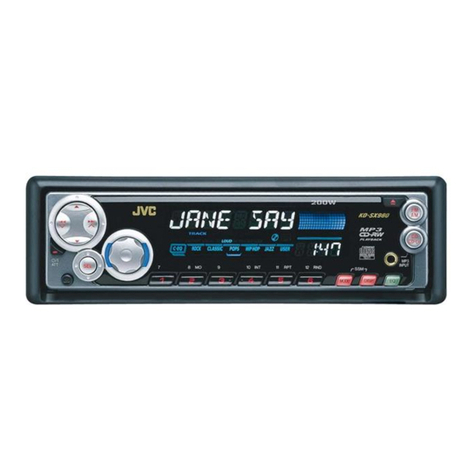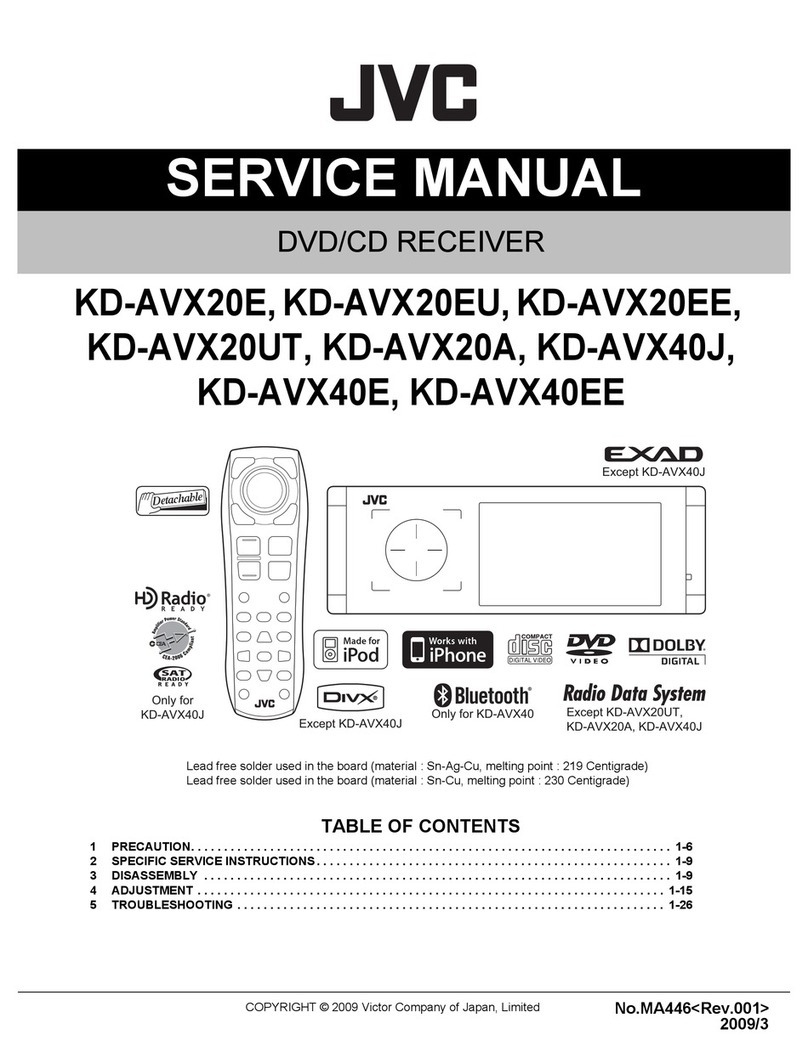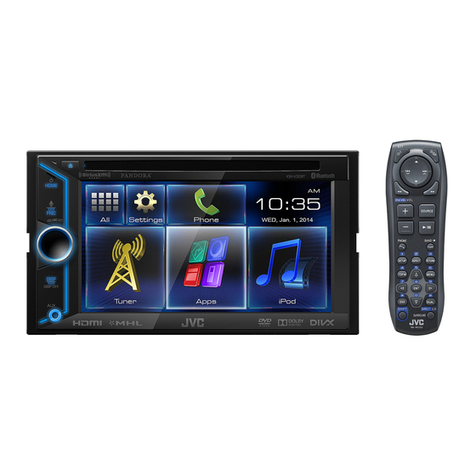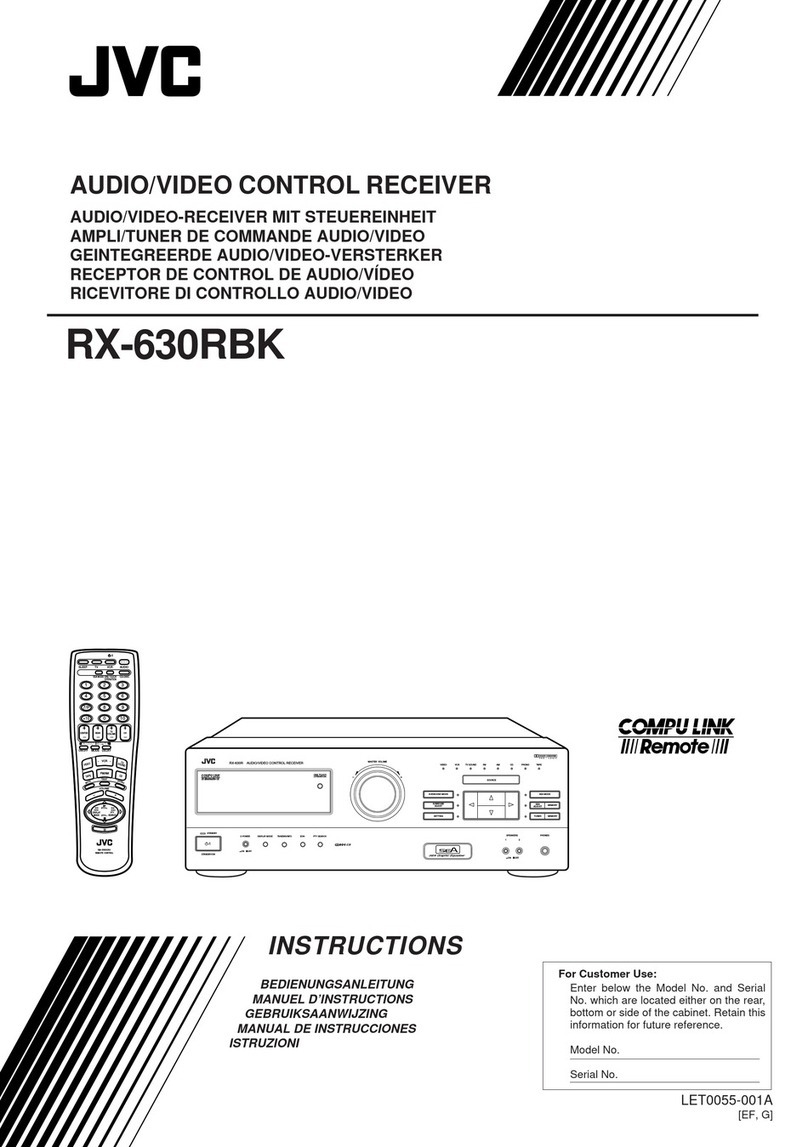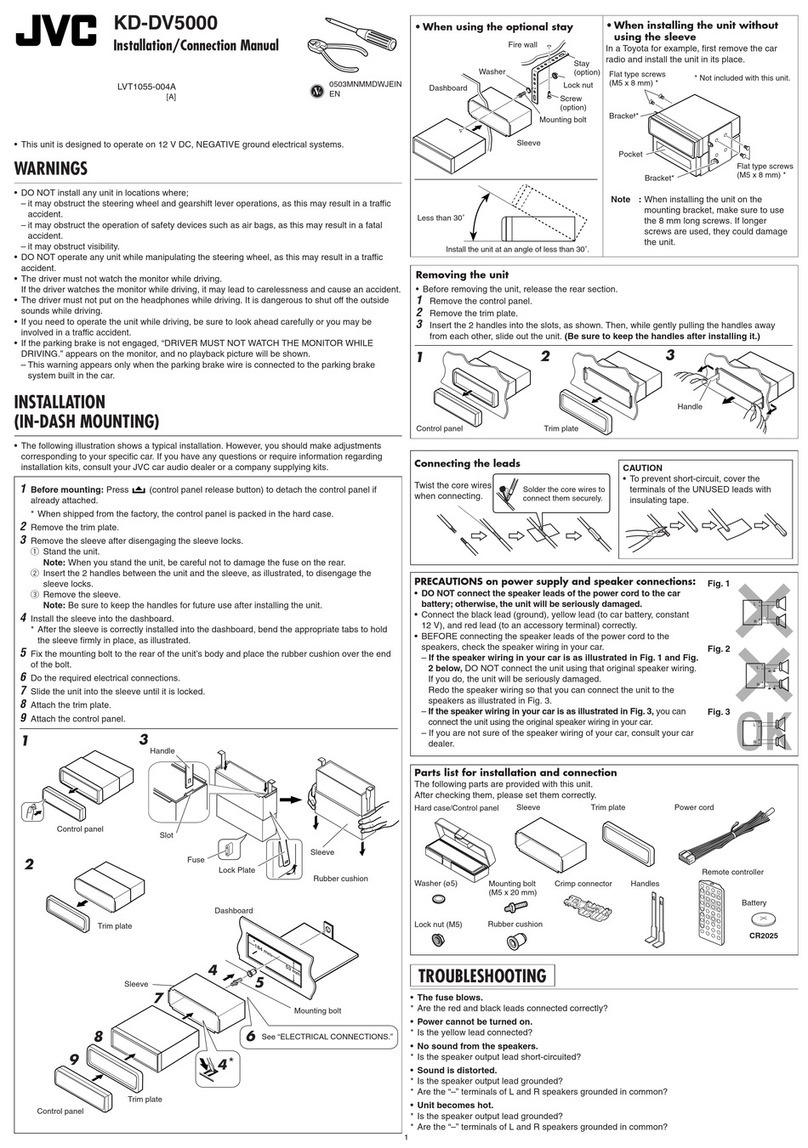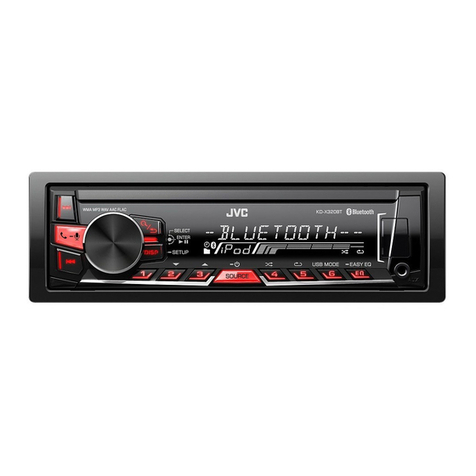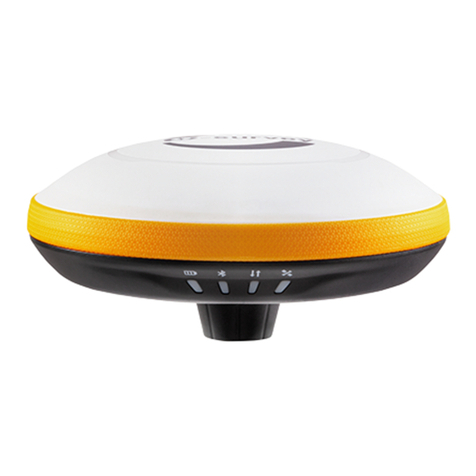
1-2 (No.MA261)
SPECIFICATION
AMPLIFIER
Power Output (for northern america) 20 W RMS
×
4 Channels at 4
Ω
and [< or =] 1% THD+N
Maximum Power Output
(except northern america)
Front/Rear 50 W per channel
Continuous Power Output (RMS)
(except northern america)
Front/Rear 20 W per channel into 4
Ω
, 40 Hz to 20 000 Hz at no more than 0.8% total har-
monic distortion
Signal to Noise Ratio For northern america 80 dBA (reference: 1 W into 4
Ω
)
Except northern america 70 dB
Load Impedance 4
Ω
(4
Ω
to 8
Ω
allowance)
Equalizer Control Range Frequencies 60 Hz, 150 Hz, 400 Hz, 1 kHz, 2.5 kHz, 6.3 kHz, 15 kHz
Level ±10 dB
Audio Output Level
(F-OUT/R-OUT/CENTER/SUBWOOFER)
Line-Out Level/Impedance 2.5 V/20 k
Ω
load (full scale)
Output Impedance 1 k
Ω
Color System NTSC (for northern america)
PAL (for europe and australia)
PAL/NTSC (for asisa)
Video Output (composite) 1 Vp-p/75
Ω
Other Terminals Input LINE IN, VIDEO IN, Antenna input
Output 2nd AUDIO OUT
Others CD changer, AV BUS
FM/AM TUNER
Frequency Range FM (for northern america) 87.5 MHz to 107.9 MHz (with channel interval set to 100 kHz or 200 kHz)
87.5 MHz to 108.0 MHz (with channel interval set to 50 kHz)
Fm (ecxept northern america) 87.5 MHz to 108.0 MHz
AM (for northern america) 530 kHz to 1 710 kHz (with channel interval set to 10 kHz)
531 kHz to 1 602 kHz (with channel interval set to 9 kHz)
AM (for europe and australia) (MW) 522 kHz to 1 620 kHz
(LW) 144 kHz to 279 kHz
AM (for asia) 531 kHz to 1 602 kHz
FM Tuner Usable Sensitivity 11.3 dBf (1.0
µ
V/75
Ω
)
50 dB Quieting Sensitivity 16.3 dBf (1.8
µ
V/75
Ω
)
Alternate Channel Selectivity (400 kHz) 65 dB
Frequency Response 40 Hz to 15 000 Hz
Stereo Separation 35 dB
AM Tuner (for northern america) Sensitivity/Selectivity 20
µ
V/35 dB
MW Tuner (for europe and australia) Sensitivity/Selectivity 20
µ
V/35 dB
LW Tuner (for europe and australia) Sensitivity 50
µ
V
AM Tuner (for asia) Sensitivity/Selectivity: 20
µ
V/35 dB
DVD/CD
Signal Detection System Non-contact optical pickup (semiconductor laser)
Frequency Response DVD, fs=48 kHz 16 Hz to 22 000 Hz
DVD, fs=96 kHz 16 Hz to 44 000 Hz
VCD/CD 16 Hz to 20 000 Hz
Dynamic Range 93 dB
Signal-to-Noise Ratio 95 dB
Wow and Flutter Less than measurable limit
